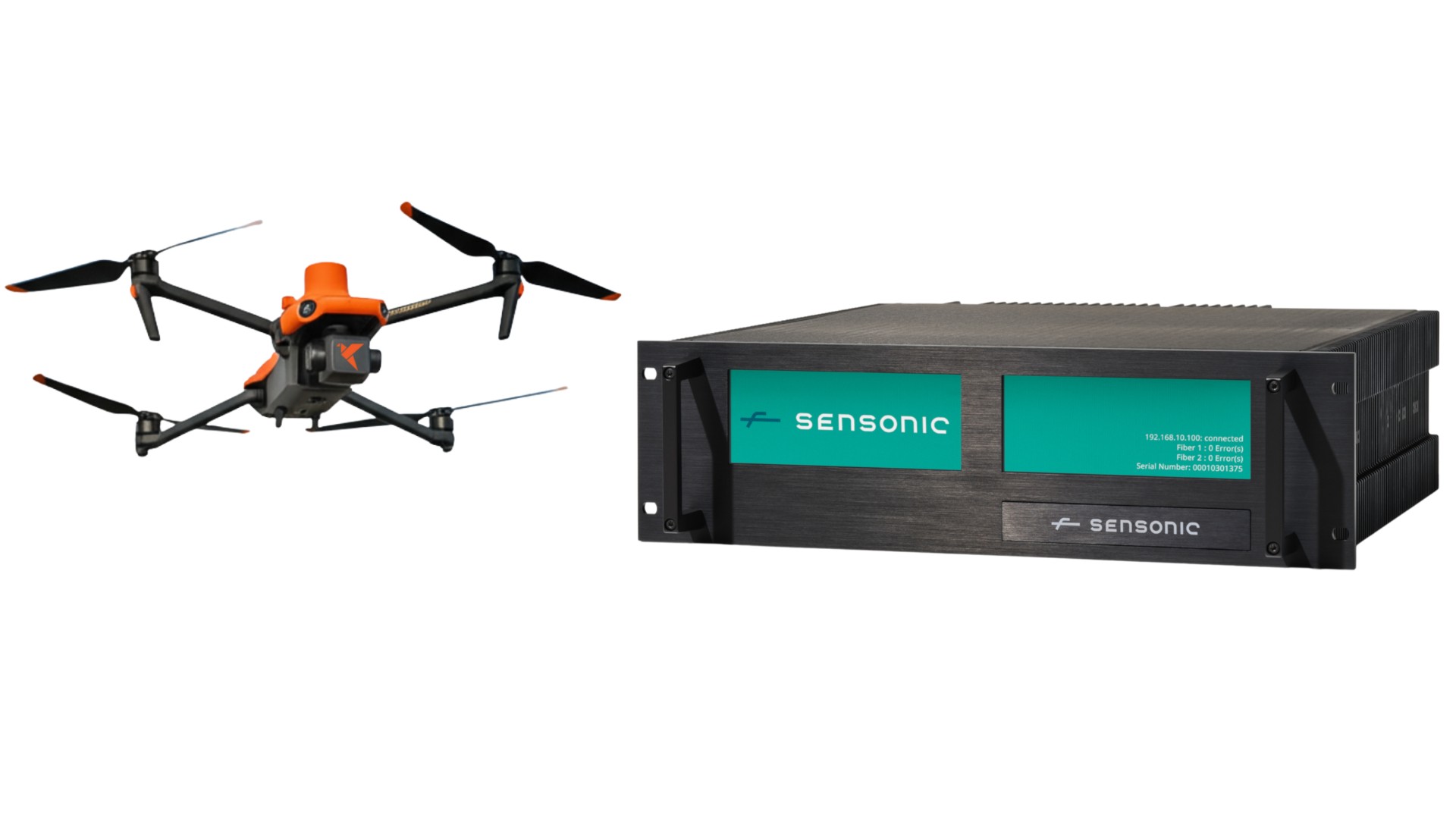Distributed Acoustic Sensing (DAS) has been around for over a decade, but has not gained widespread recognition from the public. We explore why?
1. Specialised Applications:
DAS is primarily used in industries such as security, oil and gas, and infrastructure monitoring. It’s not a technology that obviously directly impacts the daily lives of most people often, so it doesn’t get the coverage of well-known consumer technologies like smartphones, electric vehicles, or social media platforms.




2. Secrecy:
Many of the applications of DAS are in security. These include securing international borders and high value strategic assets such as pipelines and military installations. As you can imagine publicity around such installations is uncommon and typically confined to specialist publications rather than mainstream media. Even less secretive installations often receive little press, as DAS systems are often used to identify security or asset failures, and few companies want to publicise those.
3. Technical Complexity:
DAS technology involves quite complex principles of physics, materials science, and data processing, which can make it challenging for newcomers to understand (and for suppliers like us to explain clearly!). We at Sensonic are trying to demystify the technology in our blogs, so that people have a better understanding of what it can, and what it cannot do. We’ll try to keep the physics lessons and equations to a minimum though!
Here is a starter article about Distributed Acoustic Sensing if you want to find out more
4. Visibility:
DAS is a technology that you typically cannot see. The fibers it uses to sense vibration are often buried out of sight beneath the ground or hidden in ducts, cable trays, channels and troughs.The fibers are often identical to fiber cables for transmitting data so they don’t look like anything special because they aren't. They are standard telecoms fibers.
Even the light which passes through the fibers is invisible to human eyes as its wavelength is in the infra-red spectrum. Typically DAS laser light pulses are at 1550nm wavelengths to minimise losses and maximise sensing range. So if a cable is cut you'd not know it was active just by looking at it (we would know exactly where you made the cut though!).

5. DAS just isn’t sexy!
It’s safe, it’s reliable and it’s discrete.
Let’s face it, many people think it is a bit nerdy and perhaps boring, (although our Sensoniac’s will obviously disagree!).
However, looking at it another way, I'd strongly argue that boring and dependable is exactly the sort of technology needed to run better and safer railways.
Have I piqued your interest in DAS?
We've looked at 5 reasons reasons you might not have heard about DAS before and hopefully tempted you to find out a little more about what it is, and what it can offer you and your railway.
Want to know more about rail applications of DAS? Want to klnow more about the technology, or just want it explained in basic terms then tap the links below or bash the button at the bottom to contact our team to discuss your specific needs.
Applications Technology About DAS
Like this article? Then share it with the button at the top


